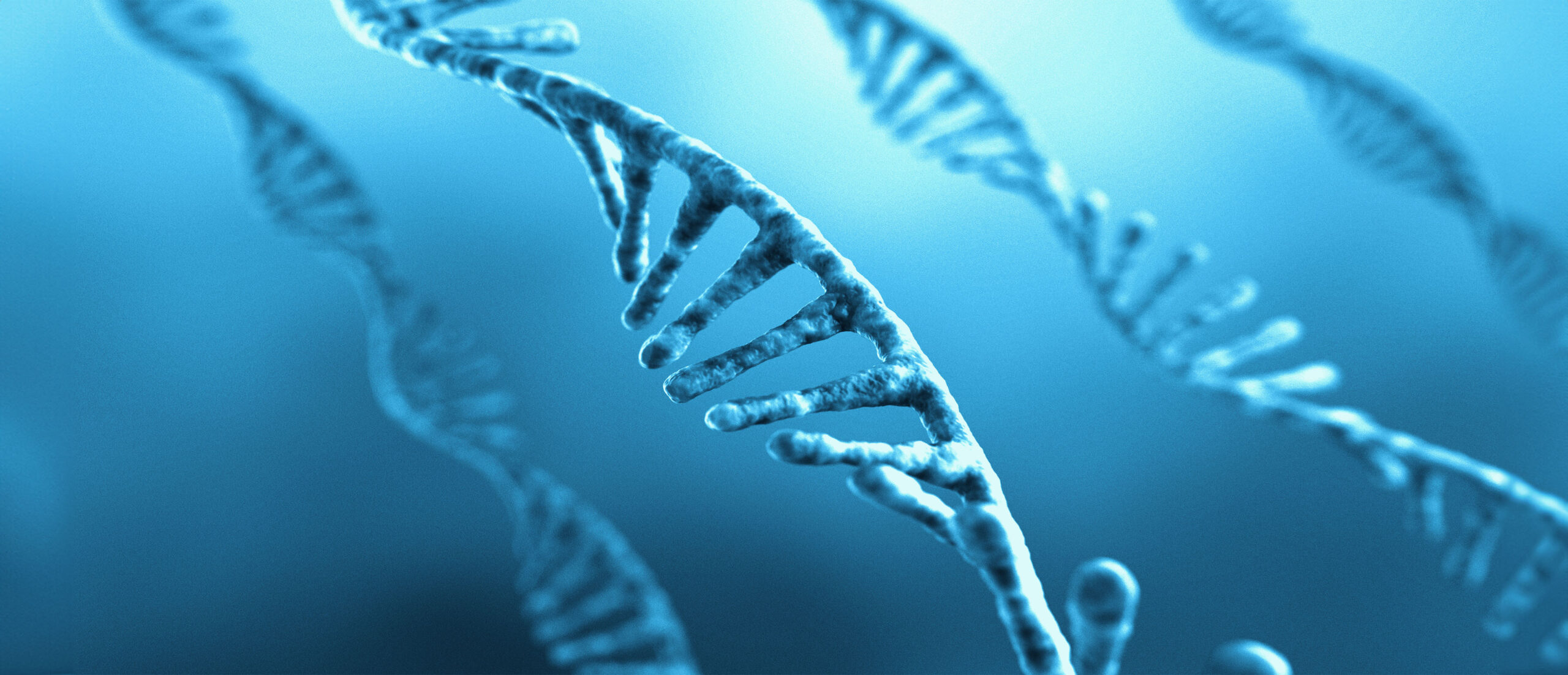
Gene Expression Studies
Gene expression studies play a crucial role in drug and biologics development, particularly in pharmacodynamics (PD) studies. These studies assess how drugs and biologics affect gene activity within cells and tissues, providing insights into their mechanisms of action and potential therapeutic benefits or risks. By examining changes in gene expression profiles before and after treatment, researchers can identify biomarkers that indicate drug efficacy, safety, and optimal dosing. This information helps in selecting promising drug candidates for further development and optimizing treatment regimens to improve patient outcomes. Gene expression analysis also aids in understanding drug resistance mechanisms and predicting treatment responses across different patient populations.
Our Expertise
Avance Biosciences provides gene expression studies using multiple techniques, such as RT-qPCR, ddPCR and RNA-Seq. Our team has nearly three decades of experience offering qPCR gene expression services with both ΔΔCt method and the RNA standard curve method. With a team of multidisciplinary experts in genomics and bioinformatics, we offer the highest quality data and interpretation services.
Gene Expression Studies
Testing Methods
Description
qPCR – ΔΔCt method
ΔΔCt method is suitable for handling smaller studies with ample amount of RNA from control samples.
qPCR – Standard curve method
Standard curve method is suitable for large studies that require analyzing large number of samples across long period of time points. RNA reference will be used to accommodate imperfect RT efficiency.
ddPCR
ddPCR is more sensitive than qPCR but with smaller dynamic range. This method is suitable for studies when a sensitive assay is required.
Transcriptome analysis
We offer quantitative NGS RNA-Seq sequencing to study gene expression and alternative splicing.
Key Features
-
RNA Extraction and Purification:
Avance has employed fully automated RNA extraction platforms for isolating high-quality RNA from different biological samples including biofluids, ensuring integrity and purity for downstream analysis and rapid turnaround time.
- Process Controls: We have implemented rigorous process controls at each step of the experimental workflow to ensure data reliability and reproducibility.
Most Frequently Asked Questions:
1. When studying gene expression, what endogenous gene(s) should be used for normalization?
In gene expression studies, it’s crucial to measure the variation in expression levels of the target gene accurately. To achieve this, expression levels need to be normalized to account for differences in the number of cells across samples. Typically, this is done using endogenous genes known as housekeeping genes. However, housekeeping genes do not always maintain consistent expression levels across all tissues and animals. Therefore, it’s important to select one or more appropriate housekeeping genes as normalizer genes for your specific study. The chosen normalizer genes should have stable expression in the particular tissues being examined. Different tissues may require different housekeeping genes for accurate normalization.
2. Why use the standard curve method instead of the ΔΔCt method?
We recommend using the standard curve method over the ΔΔCt method in two scenarios:
- When measuring a gene not naturally present in the animal model: The ΔΔCt method cannot be used in this case because the fold change of the gene of interest could be infinite—anything divided by zero is infinity.
- When analyzing many samples across multiple groups over a long period (such as in gene and cell therapy studies, which can span several months): It is challenging and not cost-effective to generate enough control samples for the ΔΔCt method in such extensive studies. The standard curve method provides a more practical and economical approach in these situations.
3. Why use synthetic RNA instead of plasmid or DNA as a standard curve reference sample?
Synthetic RNA, designed to mimic the target gene of interest, is preferred over plasmid or DNA for standard curve preparation because it accounts for the variability in reverse transcription (RT) efficiency during one-step RT-PCR. This efficiency can vary depending on the construct of the RNA sequence itself. Using synthetic RNA ensures more accurate and reliable quantification of gene expression by reflecting the RT efficiency in the experimental setup.